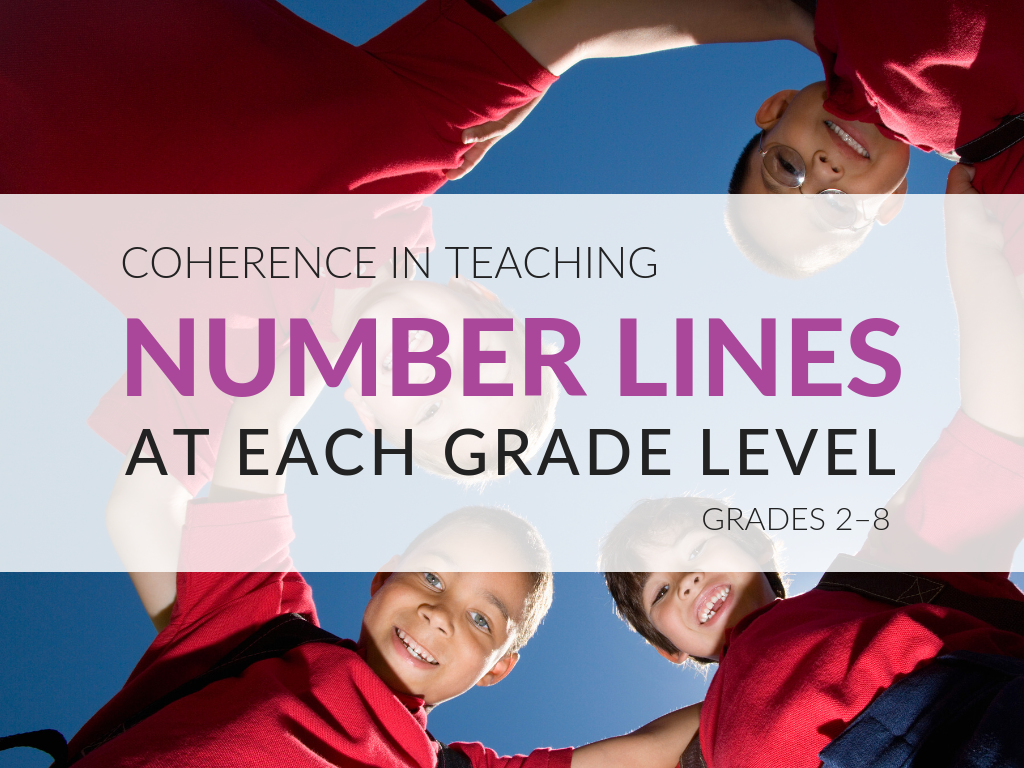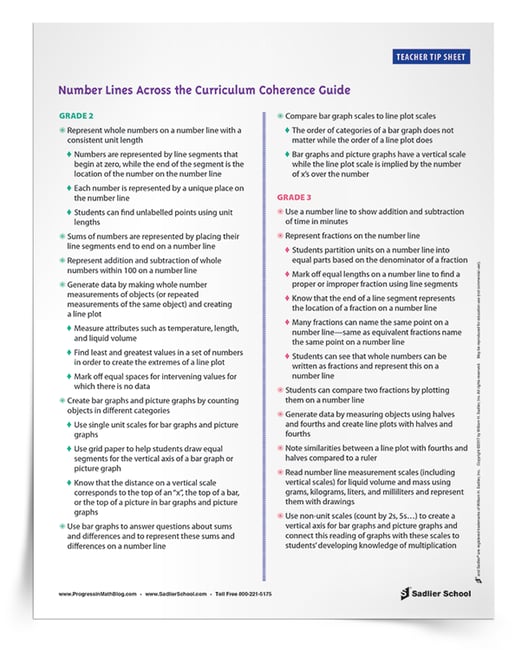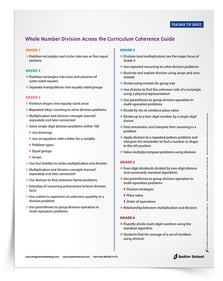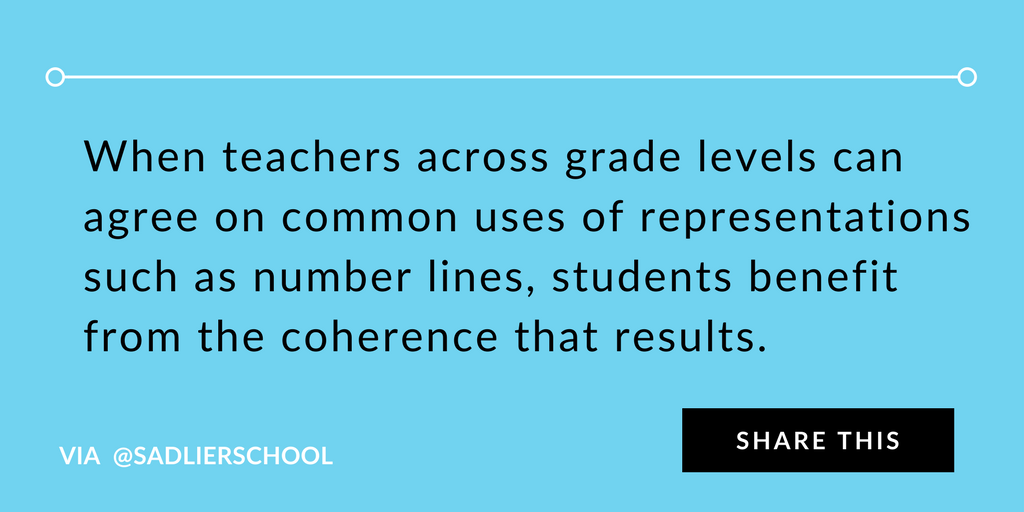1.800.221.5175
Reading & Writing
From Phonics to Reading
Grades K-3
Vocabulary
Vocabulary Workshop, Tools for Comprehension
Grades 1–5






 Below I've outlined details of how number lines are used in 2nd grade. To get complete details for grades 2–6,
Below I've outlined details of how number lines are used in 2nd grade. To get complete details for grades 2–6, 